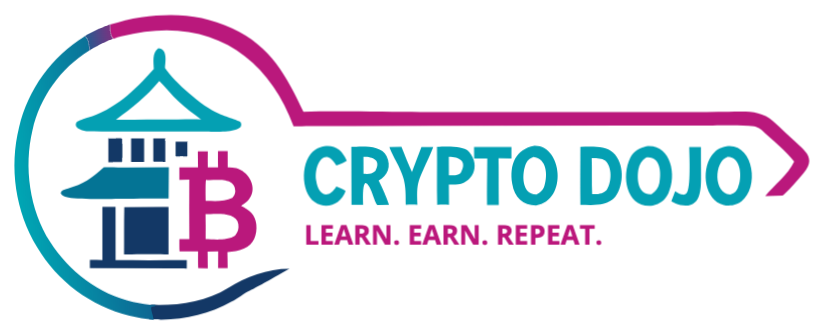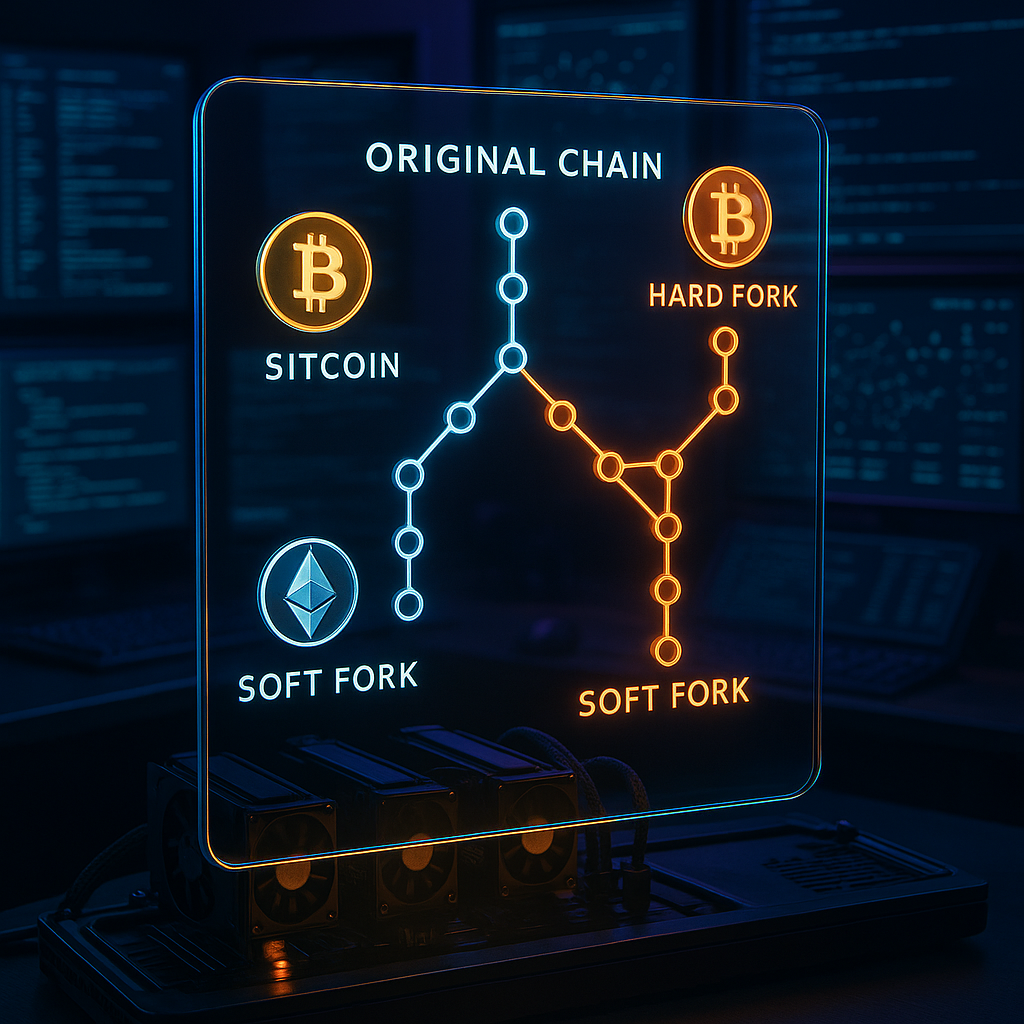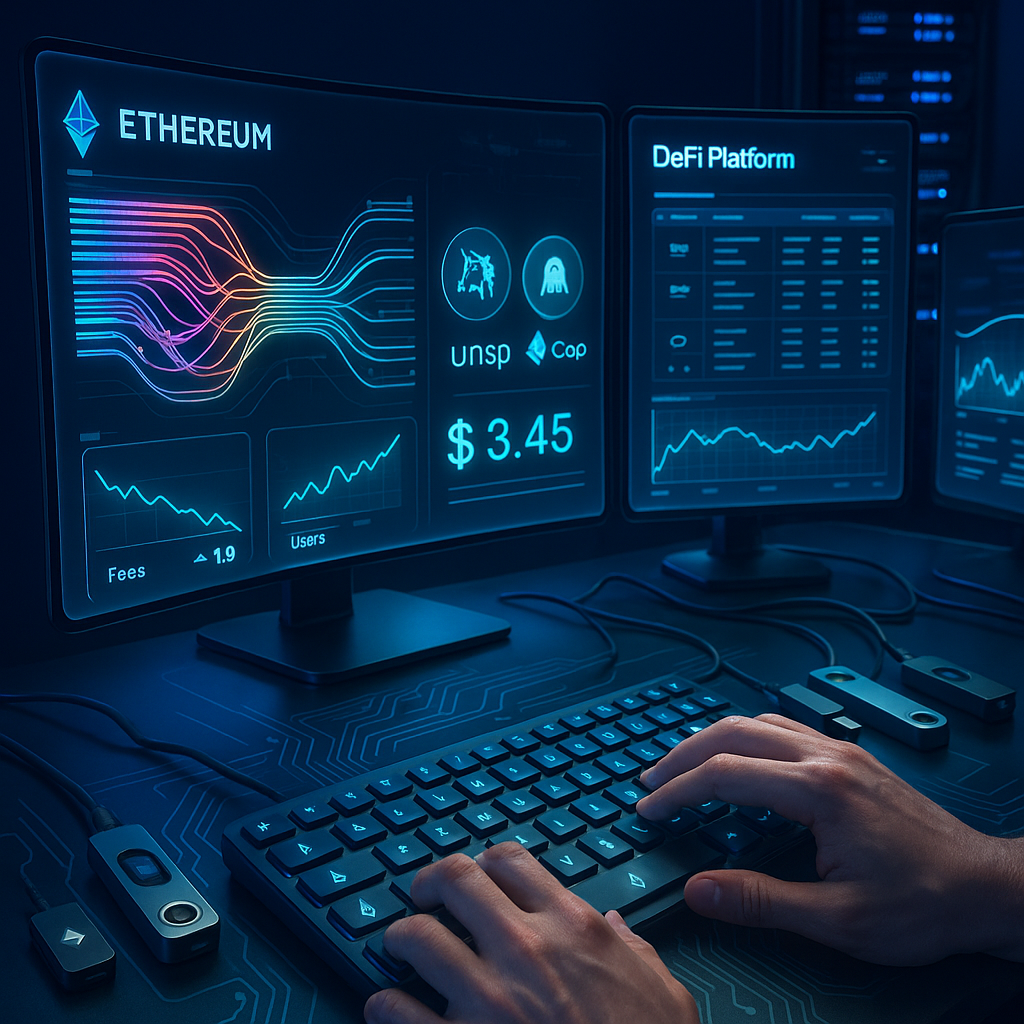Key Takeaways
- Master white paper analysis for genuine insight. Begin your research by closely examining the project’s white paper. Focus on whether it addresses real problems, outlines clear use cases, presents a realistic roadmap, and details technical features transparently. This approach helps reveal true substance beneath marketing language.
- Scrutinize the team’s credibility and activity. Investigate the backgrounds, experience, and public profiles of founders and developers. Teams that are transparent, active in the community, and have a track record of real-world expertise tend to build stronger, more reliable projects.
- Decode tokenomics to assess real value. Carefully review how tokens are created, distributed, used, and controlled. Strong tokenomics align incentives for creators and users, discourage unsustainable inflation, and minimize the risk of manipulation.
- Research beyond the basics. Community and partnerships matter. Evaluate the vibrancy of the project’s community and the credibility of its partnerships. Active user engagement and reputable collaborations are often indicators of credibility and long-term potential.
- Use a due diligence checklist to cut through hype. Employ a structured research process, reviewing official documentation, social channels, independent audits, and code repositories. This systematic approach helps you avoid impulse-driven decisions and shields you from common crypto investing pitfalls.
- Fundamental analysis reduces risk, not just uncertainty. While even the best research cannot guarantee profit, taking a disciplined, methodical approach helps minimize blind spots and exposes red flags others may overlook.
Equipped with these essential strategies, you can approach any crypto project with confidence. The following sections break down each critical step, empowering you to assess opportunities in this dynamic market from a position of understanding and strength.
Introduction
Navigating the crypto landscape can often feel like deciphering an unfamiliar code. With new projects surfacing every day (each vying for attention with jargon-heavy promises), it’s crucial to develop a robust framework for evaluating what’s truly worthwhile. The key to avoiding confusion and costly mistakes is a well-rounded understanding of fundamental analysis.
To conduct meaningful research, you must look beyond surface-level claims. This involves mastering white paper analysis, verifying team credibility, and breaking down tokenomics to uncover the model’s financial mechanics. Thoroughly researching community engagement and strategic partnerships adds even more credibility to your evaluation. With this balanced toolkit, you can distinguish genuine value from temporary hype and minimize risks while making smarter investment decisions.
Let’s break down the essential steps to investigate any crypto project, ensuring you have the clarity and confidence to move forward wisely.
Stay Sharp. Stay Ahead.
Join our Telegram Group for exclusive content, real insights,
engage with us and other members and get access to
insider updates, early news and top insights.
 Join the Group
Join the Group
Understanding White Paper Analysis
A project’s white paper serves as its blueprint, outlining both its vision and technical foundation. Learning to analyze white papers is a fundamental skill, as it helps you distinguish legitimate innovation from projects built on little more than marketing.
How to Read and Analyze Crypto White Papers
When reviewing a white paper, prioritize these core areas:
- Technical Architecture: Assess whether the paper details the underlying blockchain, consensus mechanism, and technical innovations. Are solutions described clearly, with specific technical explanations rather than buzzwords? For example, instead of vague statements like “revolutionary blockchain,” look for thorough descriptions explaining how their technology builds on or advances current standards.
- Supporting Research: Quality projects support their claims with documented research, references to existing protocols, or even academic papers.
Key Components to Evaluate
- Problem Statement and Solution
- Does the project address a significant, real-world problem?
- Is the proposed solution logical, efficient, and practical?
- Are there tangible benefits or competitive advantages over existing offerings?
- Technical Specifications
- Does the white paper explain the network’s architecture and scalability approach?
- Are security features and threat mitigations laid out in detail?
- Can it integrate with other technologies, allowing compatibility with fintech, legal systems, or data providers?
- Development Roadmap
- Is there a realistic, time-bound plan with measurable milestones?
- Are major features and updates detailed clearly rather than left as vague goals?
- Do previous milestones show a consistent record of delivery?
When reviewing DeFi or NFT projects, check that they clearly understand and articulate current industry inefficiencies, explaining precisely how their solution delivers cost reductions or improved user experiences.
Conducting Technical Due Diligence
Technical due diligence is essential to verify a project’s legitimacy and future potential, especially in a landscape where rapid innovation can mask underlying weaknesses.
Evaluating the Development Team
The individuals behind a project are crucial. Strong teams typically demonstrate:
- Verified Professional Backgrounds
- Relevant work history and endorsements on platforms like LinkedIn
- Past contributions to open-source projects on GitHub or other repositories
- Academic qualifications in cryptography, computer science, or related fields
- A history of launching successful products, whether in crypto or other sectors
Look for teams that are publicly active at major conferences, participate in developer forums, or have existing relationships within their respective industries, such as healthcare, finance, or energy.
Code Repository Analysis
Transparent development practices are a hallmark of robust projects. When analyzing a code repository (such as GitHub, GitLab, or Bitbucket), look for:
- Continuous development, evidenced by regular code commits
- Contributions from multiple developers instead of just one or two individuals
- Well-organized and up-to-date documentation for contributors and users
- Adoption of industry-standard code review processes
- Automated and manual testing protocols, ideally with public test results
A vibrant repository with ongoing, collaborative activity signals both technical strength and project vitality. Conversely, long periods of inactivity, lack of documentation, or minimal real-world testing often indicate potential trouble.
Understanding Tokenomics
Assessing the economic foundation of a crypto project is key to understanding its long-term sustainability.
Token Distribution and Economic Model
Transparent and fair tokenomics create alignment across all stakeholders. Examine:
-
Initial Token Distribution
-
Founder allocations should strike a balance (commonly 10-20%) to incentivize leadership while ensuring broad participation.
-
Team and advisor allocations (usually 15-25%) with clear, public disclosure.
-
Community/ecosystem funds designed for ongoing development, adoption, and rewards (typically 30-50%).
-
Public sales or airdrops (usually 15-30%) that encourage distributed ownership.
-
Vesting Schedules
-
Are founder and team tokens locked for sufficient periods (often 1-2 years) to prevent early sell-offs?
-
Is the unlocking schedule gradual and communicated transparently, reducing the risk of sudden market disruptions?
-
Does the project disclose information around future token releases or potential dilutions?
Token Utility Analysis
Determine whether the token fulfills an essential role within the ecosystem:
- Is it used for governance, giving token holders a say in protocol upgrades or changes?
- Can it be staked to secure the network or earn dividends?
- Does it provide access to services (such as lower fees, premium features, or exclusive content)?
- Are tokens required for on-chain actions (e.g., deploying smart contracts, data access)?
Projects in sectors like decentralized finance, digital identity, or renewable energy that build integral token use cases typically offer more lasting value than those focused primarily on speculation.
Market Analysis and Competition
Evaluating the broader landscape helps you understand both the opportunity and the competitive pressures faced by the project.
Competitive Landscape Assessment
Compare the project to others in both direct and adjacent fields:
- Identify similar platforms already serving the same audience.
- Consider substitutes that may not compete head-to-head but address similar needs through different technology.
- Monitor up-and-coming entrants that could shift the balance.
- Use a comparison matrix to rank projects by technology, user base, development activity, and partnerships.
For example, a platform focused on digital asset lending should be measured against other DeFi lenders, traditional finance alternatives, and even emerging “real world asset” tokenization projects.
Market Size and Growth Potential
Assess whether the target market is large and dynamic enough to support meaningful growth:
Stay Sharp. Stay Ahead.
Join our Telegram Group for exclusive content, real insights,
engage with us and other members and get access to
insider updates, early news and top insights.
 Join the Group
Join the Group
- What is the total addressable market (TAM) in monetary terms?
- Are adoption barriers (regulatory, technical, or cultural) surmountable?
- Does the project consider regional or global scalability, and are there restrictions based on jurisdiction?
- What regulatory frameworks (such as financial compliance or health data protection) might impact roll-out?
Strong projects in diverse industries, from global payments and supply chain logistics to healthcare data or renewable energy tracking, will articulate how they plan to capture significant segments of growing markets.
Red Flags and Warning Signs
Avoiding common pitfalls is as important as finding promising opportunities.
Common Project Red Flags
Stay alert for these signals of potential risk:
-
Team-Related
-
Anonymous teams unless there is a legitimate privacy reason.
-
Lack of relevant skills or verified past experience.
-
Founders or developers associated with failed or fraudulent projects.
-
Minimal public engagement or leadership visibility.
-
Technical Issues
-
Large sections of code copied from other projects without evident improvements.
-
Poor or missing documentation, making it hard for users and developers to participate.
-
Lack of independent smart contract audits or public reporting of vulnerabilities.
-
No clear bug bounty program or risk management plan.
-
Economic Red Flags
-
Highly centralized token distribution.
-
Vesting schedules that allow for rapid selloffs by insiders.
-
Overly generous allocation to founders or advisors.
-
Tokens that lack a vital function within the platform or ecosystem.
Due Diligence Checklist
Before investing, confirm the presence and quality of:
- Legal Framework
- Registered business entities in reputable jurisdictions.
- Visible commitment to regulatory compliance, such as Anti-Money Laundering (AML) or data privacy regulations.
- Published terms of service and privacy policies aligned with industry best practices.
- Security Measures
- Independent smart contract audits, with reports made publicly available.
- Structured bug bounty or vulnerability reporting programs.
- Insurance or contingency plans for major breaches or platform failures.
- Documented emergency procedures to protect funds and maintain availability in crisis events.
- Community Health
- Strong presence on platforms like Discord, Telegram, or dedicated forums, with frequent engagement from project leaders.
- A track record of regular updates, transparency in both good times and setbacks, and genuine responses to community questions.
- Opportunities for community governance or feedback, such as proposal systems or public votes.
High-quality projects cultivate active, informed, and empowered communities. They maintain candid communication, address concerns directly, and publish frequent, substantial updates.
Conclusion
Building strong research habits is your greatest asset in the rapidly evolving crypto and Web3 space. By mastering white paper analysis, scrutinizing team backgrounds, understanding tokenomics, and evaluating market context, you can separate genuine innovation from fleeting hype. This approach empowers you to make smart, risk-aware decisions and avoid the pitfalls that often snare newcomers.
As you continue your journey, remember that crypto evolves at lightning speed across countless industries, from finance and digital art to healthcare and environmental science. Staying diligent in your due diligence positions you at the forefront of the decentralized economy’s next chapter. The projects that will shape the future are those that embrace transparency, feature robust technical foundations, and align their incentives with long-term user value.
Looking ahead, your ability to analyze, question, and learn continuously will determine your success far more than luck or timing. Whether you aim to participate, invest, or contribute to the crypto ecosystem, adopt a critical yet optimistic mindset. The next era of opportunity belongs to those who are informed, adaptable, and willing to grow. At The Crypto Dojo, we believe your journey starts with understanding and the confidence to act with purpose in the Web3 world. Learn. Earn. Repeat.





Leave a Reply